Strongbox® Inkberry Holly
$64.50 Original price was: $64.50.$45.15Current price is: $45.15.
- Free Shipping over $25
- Fast & reliable delivery options
- Enjoy top quality items for less
- Multiple safe payment methods

Everyone loves boxwood hedges, and other clipped forms of that attractive plant, but boxwood in not a native plant in America, and it doesn’t enjoy the hot and humid conditions encountered in many states. Too much heat or too much cold will burn or even kill it, and the list of pests and diseases it can suffer is long and growing longer. What to do? Some of our country’s enterprising nurserymen have been working with a native plant – the inkberry, which is a kind of holly – and producing selected forms that are excellent replacements for boxwood in many areas. These new plants are largely pest and disease free, and faster growing than boxwood. For perfect low hedges, with leaves right to the ground, we are really impressed by the Strongbox® Inkberry Holly. This compact evergreen bush has small, glossy, dark-green leaves and it naturally grows in a flat way that is dense and tidy, making it a perfect replacement for boxwood.
Growing the Strongbox® Inkberry Holly
Size and Appearance
The Strongbox Inkberry Holly is a dense, compact evergreen shrub growing no more than 3 feet tall and wide. It has a squat, rounded form, naturally flat-topped, and it keeps is leafy branches right to the ground, even in maturity. The leaves are a little less than 1½ inches long, and under ½ inch wide. They are glossy and dark green, with smooth edges and a narrow oval form. They have no spines or any features to suggest that they are a holly bush. The uniform dark green color is there from the moment the leaves are new, so this bush always looks that perfect green.
In spring there may be small white flowers, about ¼ inch in diameter, clustered along the stems. These can potentially develop into black berries by fall, but only if a suitable male inkberry bush is nearby, which is not very likely in most gardens. Plants that are regularly clipped may have only limited flowering, or not flower at all.
Using the Strongbox® Inkberry Holly in Your Garden
Wherever you want to have a boxwood edging or specimen, that is where you can choose instead to grow the Strongbox Inkberry Holly. It is faster growing, so you won’t be waiting long at all before you have neat, dense, evergreen hedges and edging that always looks lush and green. Even unclipped it is neat and tidy, and a row would be a great way to edge a bed, or to plant beside a path or driveway. Use it as green highlights in your beds of flowering shrubs, or among the evergreens around your home. It will hide meters and air-con units perfectly and everywhere you want green, make this your go-to. Use it in pots too, for that classic box look beside your doorway. For a more upright, slightly narrower form, that clips perfectly into balls and cones, check out the very similar but more rounded Gem Box® Inkberry Holly on our site.
Hardiness
The Strongbox Inkberry Holly is happy from zone 5 to zone 9, doing very well in hot zones where boxwood falters. It is probably hardy in zone 4 as well, just as its wild parent is.
Sun Exposure and Soil Conditions
Grow this bush in full sun or in light partial shade. It is not quite as shade tolerant as boxwood, but it will take a couple of hours of shade a day with no trouble. The soil should be moist and acidic, but it doesn’t need to be well-drained, as this plant thrives in wet soils and boggy places. This is a big plus for using it in damp areas, such as along streams and by a pond, where boxwood will never grow. Do not grow in neutral or alkaline soils. For container planting use a potting soil blended for acid-loving plants. It has reasonable drought resistance, once established, to ordinary summer dryness.
Maintenance and Pruning
This tough and reliable plant is normally free of pests and diseases – unlike boxwood. It has some resistance to deer. Like boxwood it has shallow roots, so mulch over the roots with some organic material, like compost, in a layer about 2 inches deep. Left untended this plant may sprout new stems from the roots, creating a dense thicket. This is very useful in wild gardens, but if you want to keep your plant as a single specimen, remove these sprouts when you see them. Trim in late winter, before the new growth appears, and again in early summer if needed. Don’t trim very late in the season. For fast growth and the richest coloring, apply fertilizer for evergreens in early spring.
History and Origin of the Strongbox® Inkberry Holly
The inkberry, Ilex glabra, is a native shrub growing from Nova Scotia in Canada all down the east coast to Florida, and west to Louisiana. It is found in wet areas and bogs, or in open forest. The leaves were once used to make tea, and the berries were used by soldiers in the Civil War as a source of ink to write letters home. This plant has been grown in gardens to a limited extent, and there are several different older varieties.
It was from one of those old varieties, a plant called ‘Shamrock’, that Michael Farrow, working at a nursery in Warwick, Maryland, collected seed and sowed it. In 2008 he selected one plant that was incredibly compact and neat. It was patented in 2019 by Spring Meadow Nursery, of Grand Haven, Michigan, with the name ‘ILEXFARROWTRACEY’. It has been released as Strongbox® by the nursery, as part of their Proven Winners® plant collections.
Buying the Strongbox® Inkberry Holly at The Tree Center
Many of our customers who don’t live in areas where boxwood grows well have been frustrated by the lack of substitutes. We are really pleased to have sourced these plants, and we know what a great evergreen they are. Order yours now, because they won’t last long.
Be the first to review “Strongbox® Inkberry Holly” Cancel reply
Related products
Evergreen Trees
Evergreen Trees
Cedar Trees
Evergreen Trees
Cypress Trees
Evergreen Trees
Evergreen Trees
Evergreen Trees

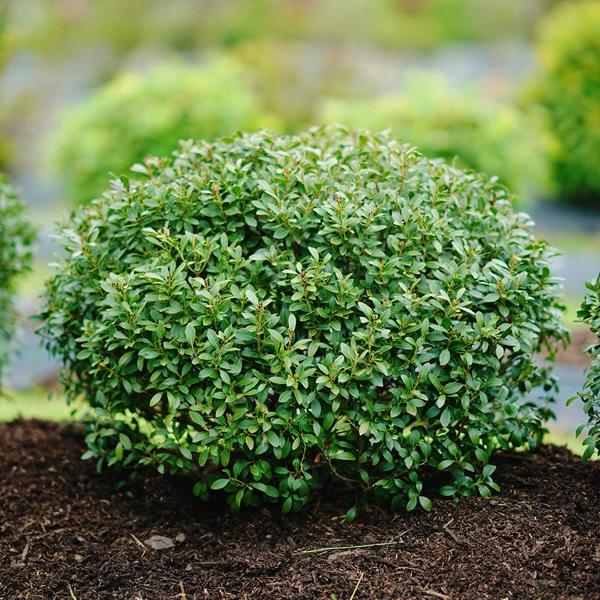
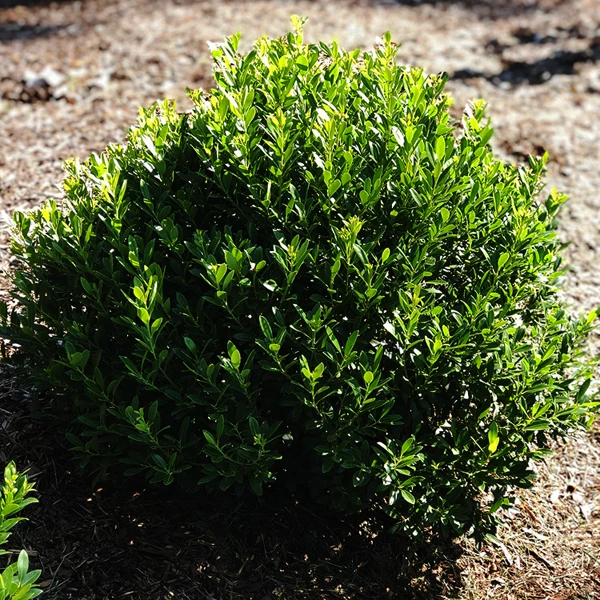
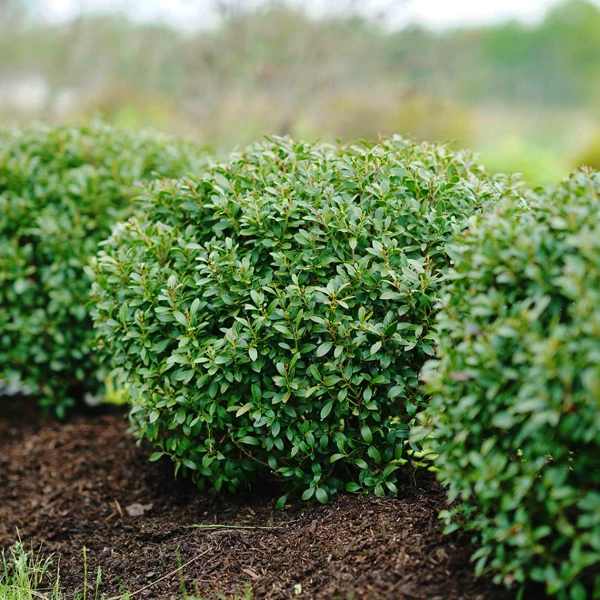
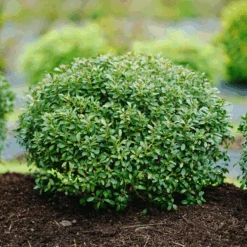
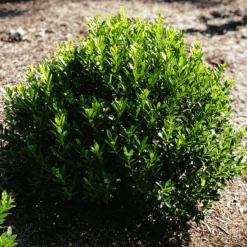
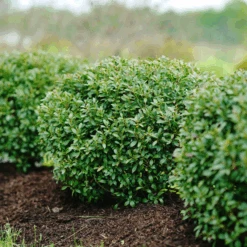


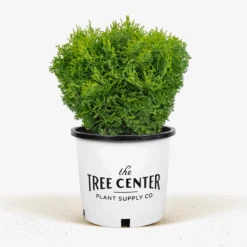
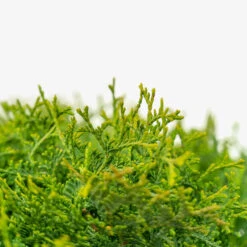




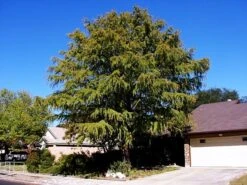

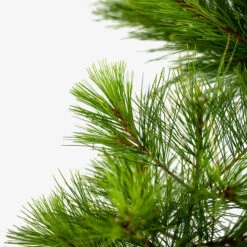
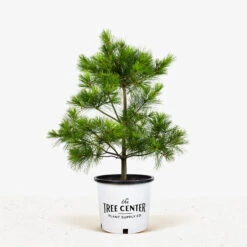
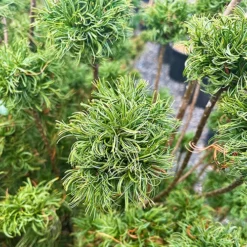
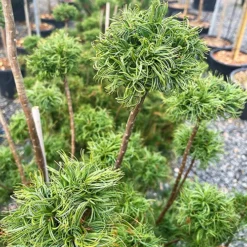
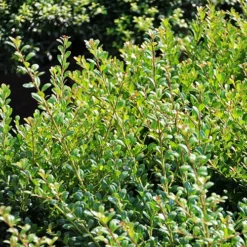
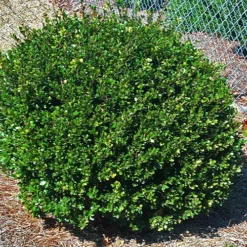
Reviews
There are no reviews yet.